It’s time to finish the garden season. By the end of September, almost the entire crop is harvested, blanks for the most part made. Can I relax? Not really. There is one more important thing-to prepare the site for the next season. After all, after the winter the sun will warm up, and we, like stagnant horses, will again rush into the abyss of exciting suburban Affairs. And worries in the spring will be Oh as much.
Why are there more problems in the greenhouse
Any land where vegetables were grown requires care in the fall. At least need cleaning. And the greenhouse needs increased attention, and there is 1 main reason for this — a small limited amount allotted for the life of plants. The greenhouse is a small amount of impenetrable land and closed from winds and ultraviolet light the room is usually modest in size.
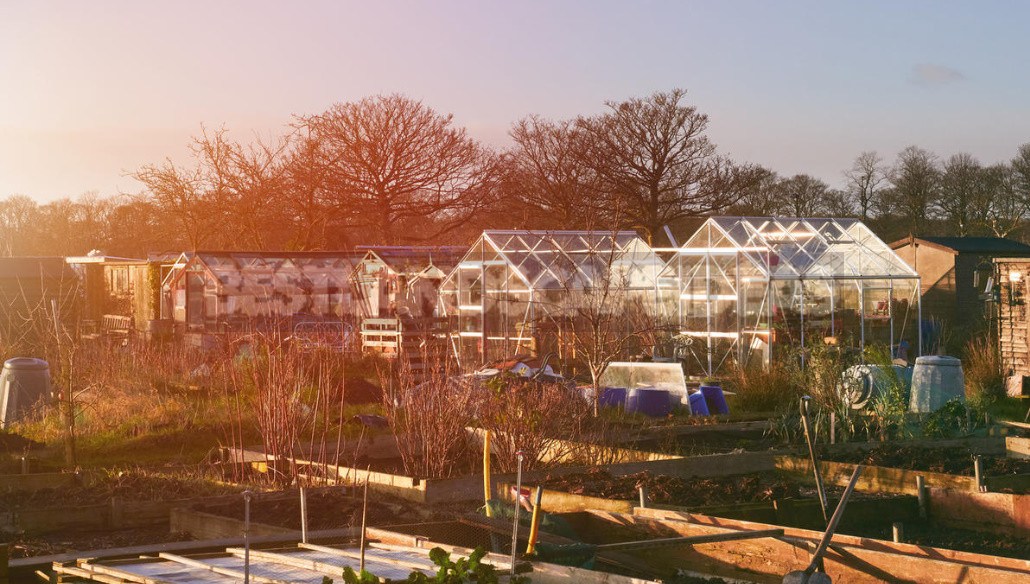
As a consequence, a specific microclimate is formed, where unwanted insects feel very well and, sometimes, multiply squally. Personally, I saw the invasion of whiteflies in the greenhouse with tomatoes. It was a pity to look at the dying adult fruit-bearing plants, and chemical-free control measures barely restrained the pest.
Often the same crop is grown in the greenhouse year after year, for example, tomatoes. Obviously, the same elements will be consumed as much as possible from the soil, depleting it. This can somehow cope literate With this can be as something cope literate fertilizer. But the accumulating pathogens characteristic of a certain culture, it becomes quite difficult to destroy.

Since we have decided to engage in the cultivation of heat-loving crops in the closed ground, we need to devote a little more of our time autumn care of this room. As a result, in the spring we will see clean beds ready for new plantings, and sincerely thank ourselves for the work at the end of last season.
Cleaning
That’s where to start. As a rule, summer residents finish the season in late September-early October. Owners of private houses often stay a little longer-it is convenient when the greenhouse is near.
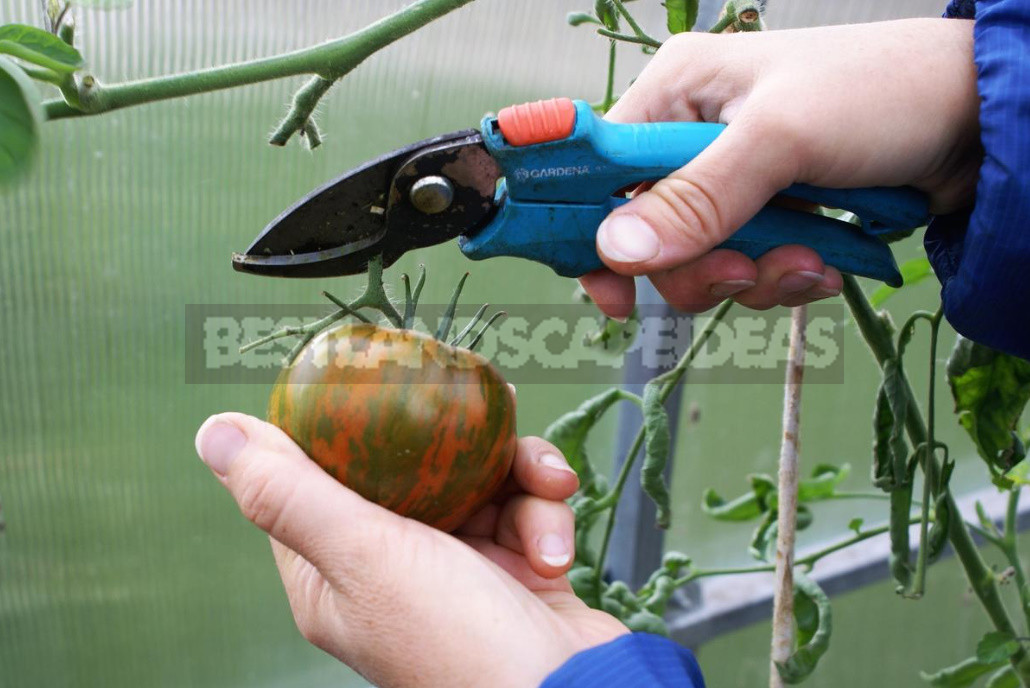
If there is still a crop in the closed ground, then first of all we remove it and send it for ripening indoors. Then remove all plant residues, including roots. I prefer greenhouse plants not to be composted, but burned anyway, even if they look healthy. If you have used drip irrigation, you should collect all the tubes and droppers, most of them can be used again next year.
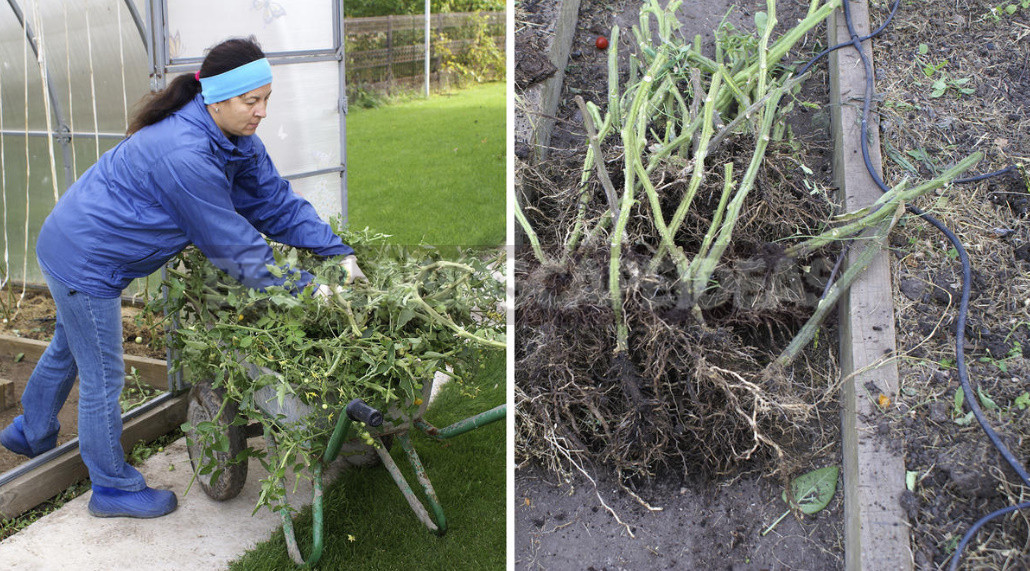
A separate question often arises in connection with the garter material. The best solution is to completely get rid of all the strings and laces. That is, at the very beginning of the season to keep in mind that this-consumables, disposable materials. But, I confess honestly, I am sorry to throw away a good Kipper tape, which I prefer to secure my tomatoes. I collect it, soak it, wash it and use it again at my own risk.
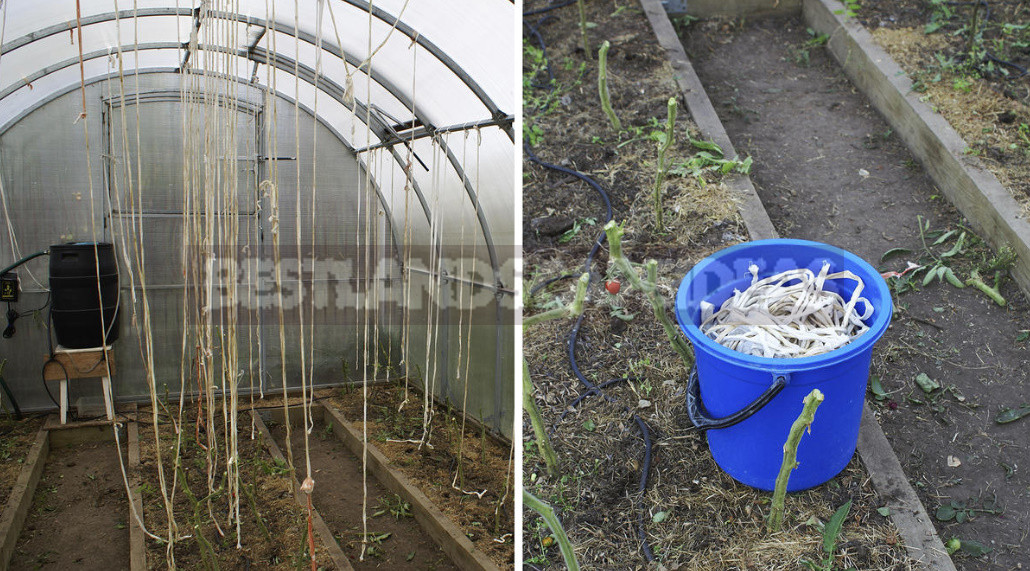
Next, you need to collect and take out all the mulching material. It is also desirable to burn. The soil on the beds dig and loosen.
Washing
Freed from plant residues, the greenhouse should be washed with warm water with a liquid detergent, some use a soda solution (2 tablespoons per bucket of water). In this case, special attention will need to be paid to the joints of the frame, where a lot of dust accumulates, insects are arranged for wintering, fungal spores can persist for a long time.
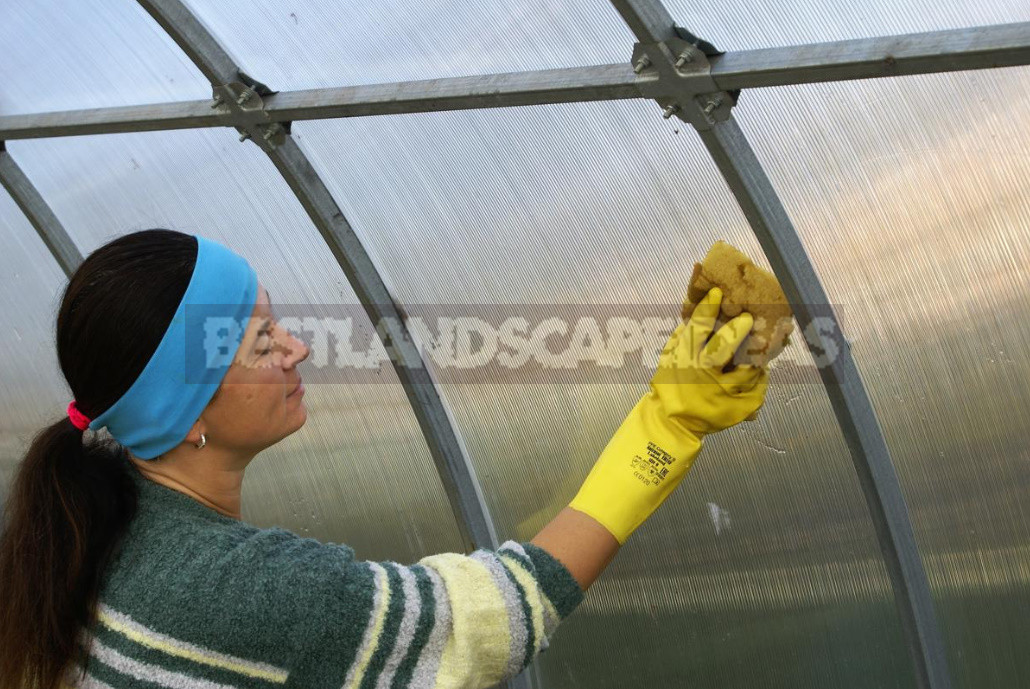
It is convenient to use a soft sponge for washing. Hard materials, and even more so metal brushes and scrapers can spoil the walls, make them muddy, especially if the greenhouse is covered with polycarbonate. After washing, the entire inner surface is rinsed with a hose.
Disinfection
The next step is decontamination of a clean greenhouse. There are 2 methods of treatment: biological and chemical. You need to sensibly assess the situation and determine which one is optimal for your case.
Biological
If the pedemontanum in the greenhouse is calm, that is, during the season the pests were isolated and you did not need to deal with them, and there were no outbreaks of fungal diseases either at the initial stage of plant development or at the end of the season, then you can limit yourself to biological treatment. It uses biofungicide, diluted according to the instructions.
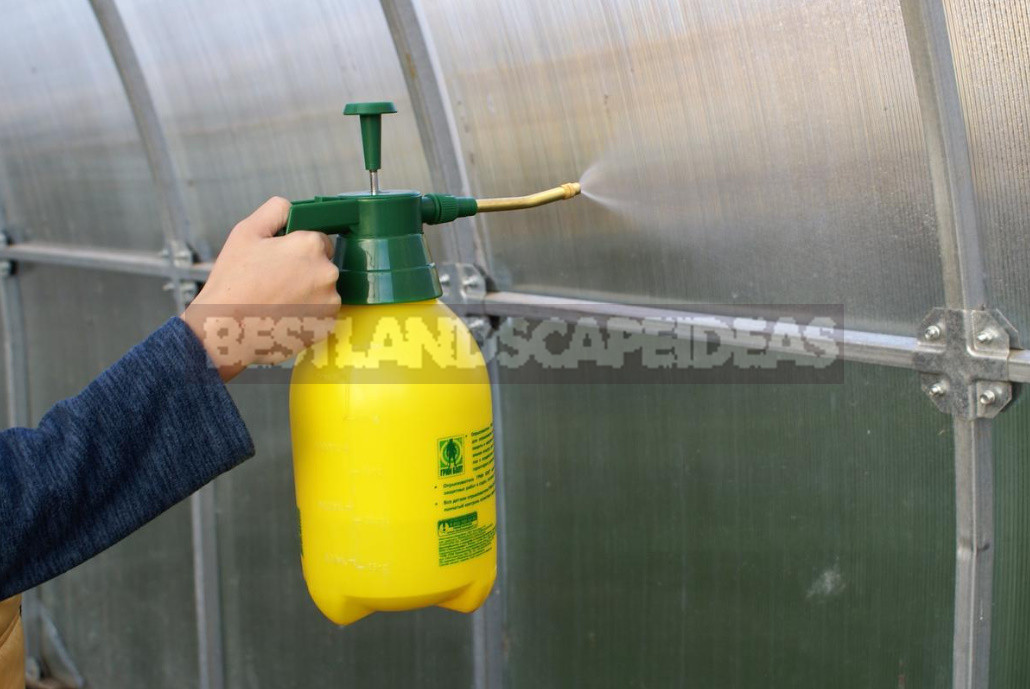
Carefully process the entire inner surface of the room. High-pressure washer with the possibility of liquid intake from the container helps to apply the solution qualitatively.
Chemical
If during the season you are faced with rot, you had to save the plants from other pests, then biological disinfection is not suitable. Autumn is the right time to use a serious weapon-sulfur smoke bombs. This is a tough way, but absolutely effective, and next season with a high probability you will not have to lose the crop because of the problems of this year.
To achieve maximum effect can only be in a sealed room, so before using the checkers should try to close the cracks and tightly close the Windows (you can even tape them for a while). The calculated number of checkers placed in the room evenly, setting them vertically on non-combustible substrates (bricks, sheets of iron, old buckets, etc.). The distance to the walls must be at least 1 m.
Install the wicks and ignite them, starting from the farthest from the entrance of the checkers. The burning time of the wick 90-120 seconds. Quickly go out and close the door, sealing it. Burning checkers lasts from 1 to 1.5 hours depending on climatic conditions. After that, the greenhouse should stand hermetically closed for another 25-36 hours. Then all doors and Windows open and leave the room for ventilation for 2-3 days.
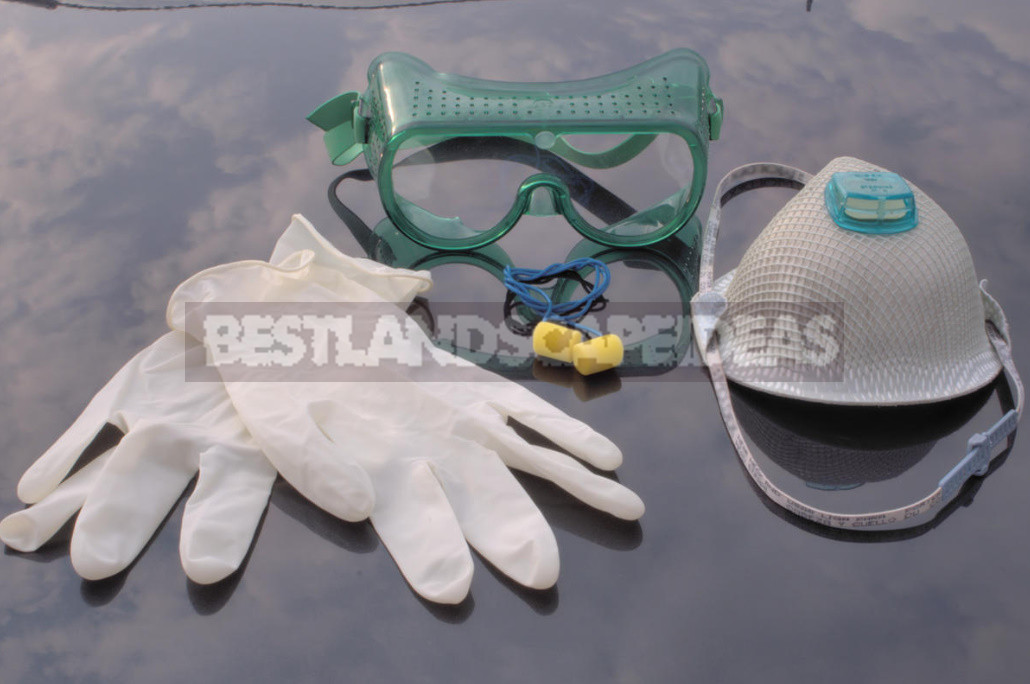
Importantly:
- when burning checkers released sulfur dioxide, which is extremely toxic to humans, so when working with sulfur checkers must use gloves, respirator and wear tight clothes, well covering the whole body;
- sulfurous anhydride, combining with water (condensate), turns into sulfurous acid. It is weaker than sulfuric, but oxidizes metal parts. Therefore, in greenhouses with a metal frame, the use of sulfur sticks is allowed only if it is covered with a protective polymer, painted or lubricated with a thick greasy lubricant.
Tillage
As a result of chemical disinfection of the greenhouse, as a bonus, fungal spores and pests are also removed from the top layer of the soil (about 5 cm) — no wonder we dug up the beds, and loosened the earth, making it permeable. There is also a minus — useful microorganisms are also destroyed.
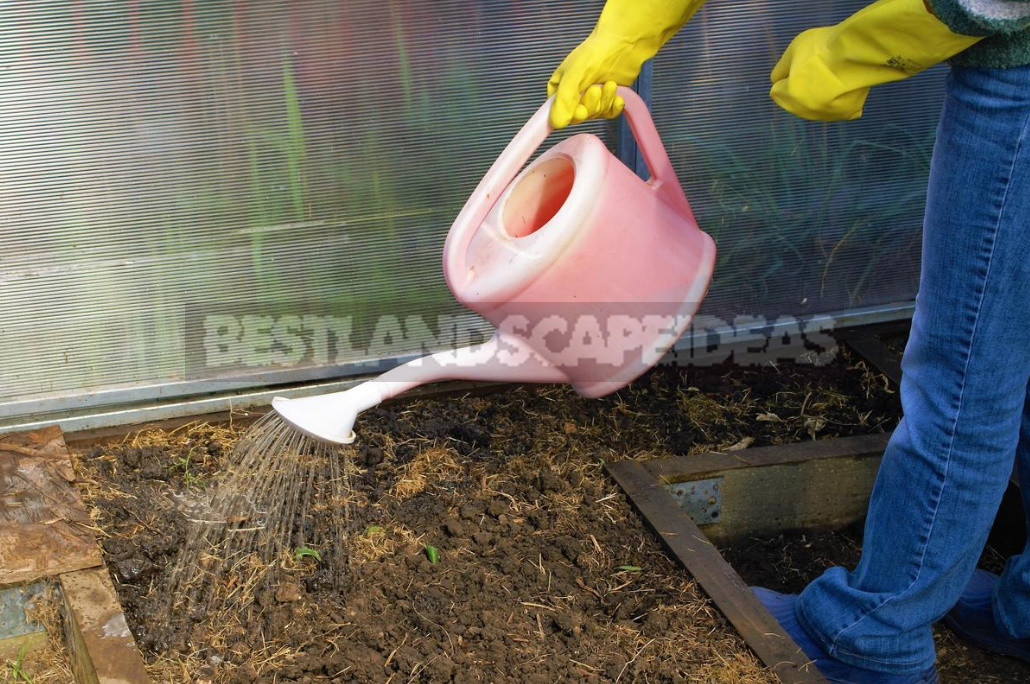
A good fall will be sowing green manure. For this purpose it is necessary to scatter seeds of sideral culture on the prepared soil and to close up small a rake. Then we water the crops. Under greenhouse conditions, the cover crops have time to grow a green Mat to work with soil and leave in the winter. Sowing of sideral crops can be repeated in the spring to prepare the beds for planting the main crop.
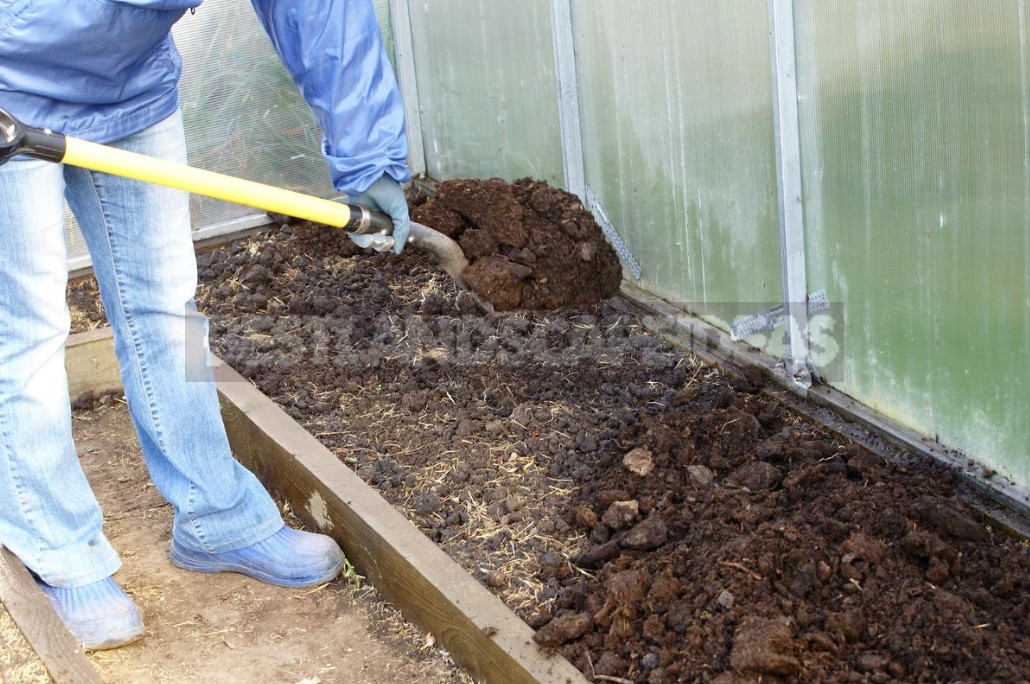
In autumn, you can not be afraid to fertilize the soil in the greenhouse with manure, not even completely rotted. Scatter it on the prepared beds and once again dig. In winter, it will be useful to throw snow in the greenhouse with a layer thickness of at least 20 cm.So the soil in the spring will be saturated with the necessary moisture and will be ready for the new season.
It is obvious that when using a greenhouse autumn worries are added, and after reading the article it seems that it is very labor-intensive. But this extra work is cleaning and disinfection. If you carry out disinfection with a sulfur bomb, then this item can be taken out of brackets, as requiring quite a bit of trouble. And it turns out that the invaluable benefits of owning a greenhouse turns out not so serious worries about caring for it in the fall.






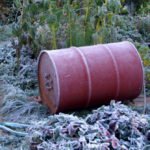





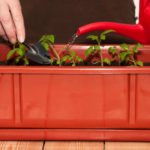

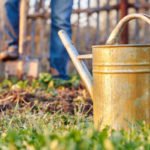
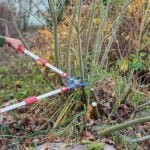



Wow, Informative article. I love gardening but i had no experiences. I am read your article and understand how to prepare a greenhouse for winter. Obviously, I follow your advice and apply my lawn. 🙂